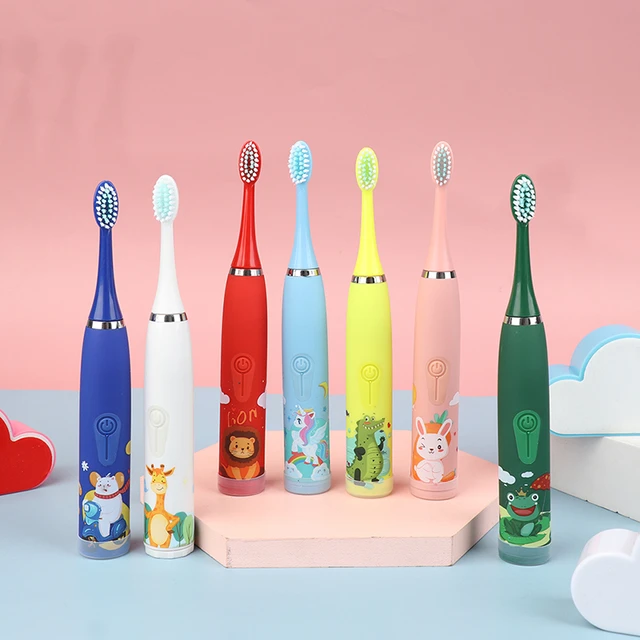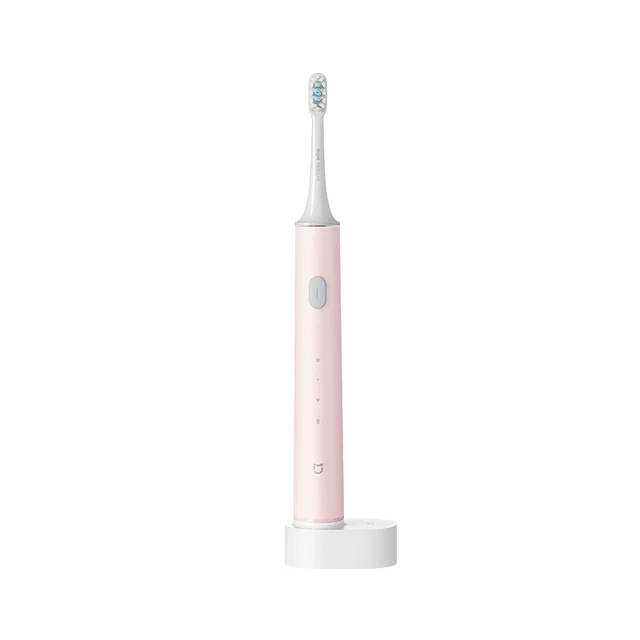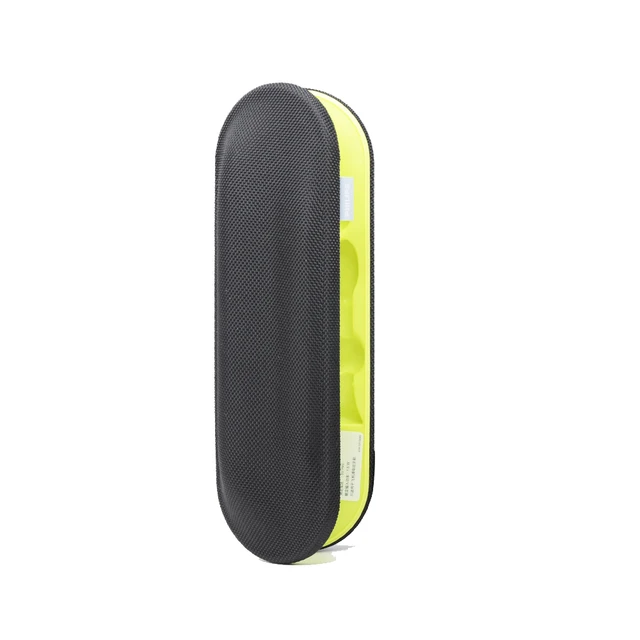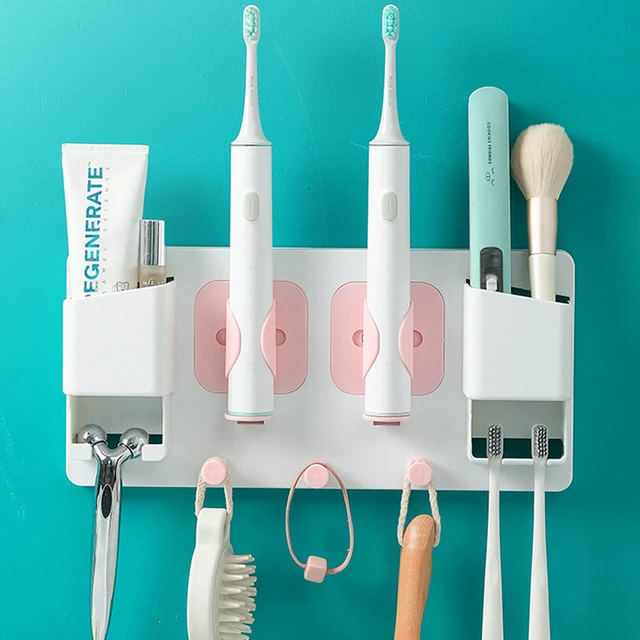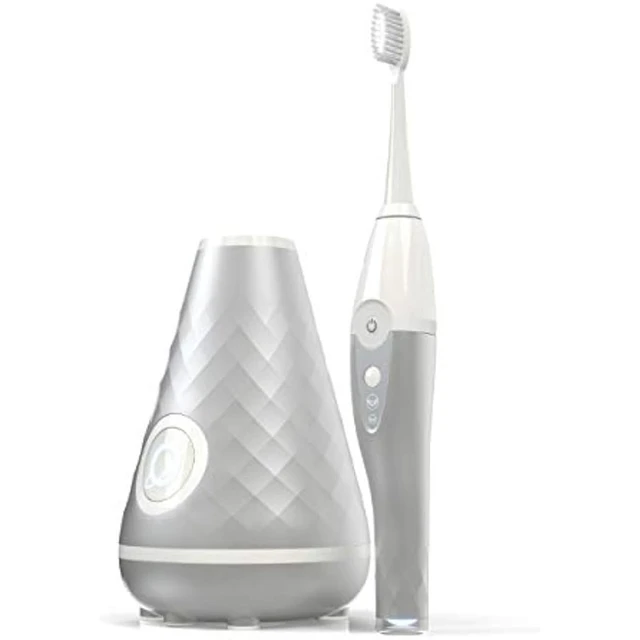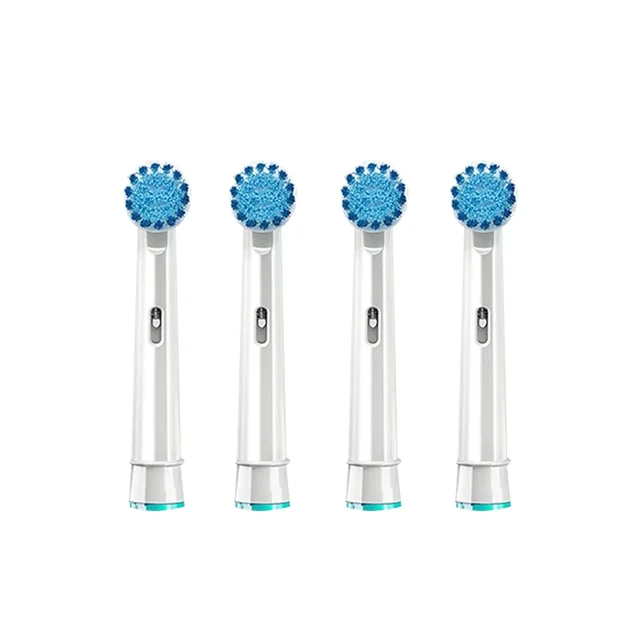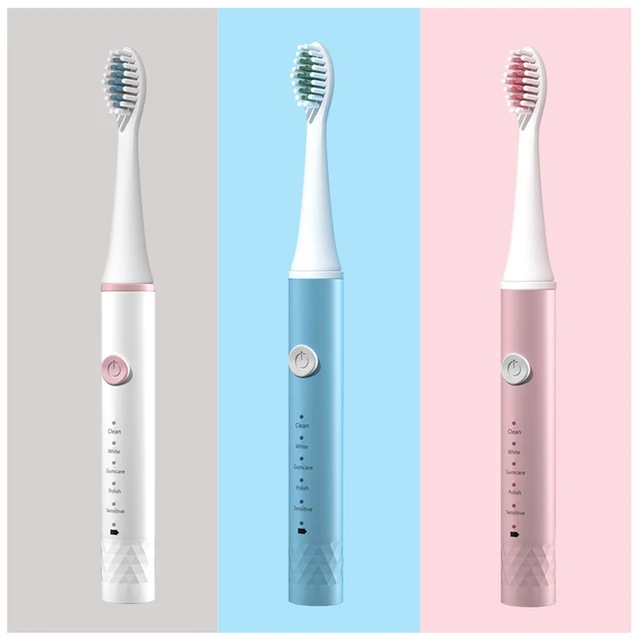
Introduction:
When it comes to using an electric toothbrush, one common question is how long to hold the brush on each tooth. While there is no universal rule, it is important to ensure that sufficient time is spent on each tooth for effective cleaning. In this guide, we will explore the factors to consider when determining the duration for brushing each tooth with an electric toothbrush. We will discuss the general guideline of a two-minute brushing session, the different surfaces of a tooth, the importance of technique, and the individual variation based on oral health needs. By understanding these factors, you can develop an effective brushing routine with your electric toothbrush.
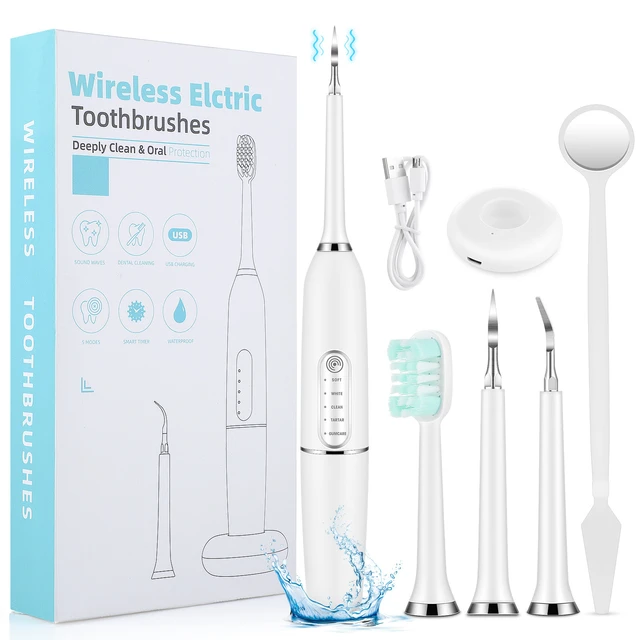
How long should you hold an electric toothbrush on each tooth?
The Two-Minute Guideline:
The American Dental Association (ADA) recommends brushing your teeth for a total of two minutes, twice a day. This guideline is based on the average amount of time needed to effectively clean all tooth surfaces and remove plaque. While this guideline can serve as a starting point, it is important to distribute this time evenly across all teeth.
Multiple Surfaces of a Tooth:
Each tooth has multiple surfaces that require cleaning. These surfaces include the front (facial or buccal surface), the back (lingual or palatal surface), and the chewing surface (occlusal surface). To achieve thorough cleaning, it is important to spend time on each of these surfaces.
Technique and Motion:
The technique and motion used while brushing with an electric toothbrush also impact the duration required for each tooth. Here are some factors to consider:
a. Gentle Circular Motion: Electric toothbrushes are typically designed to use a gentle circular motion with the bristles. This motion helps to effectively clean the tooth surfaces and massage the gums. As you brush each tooth, make sure to move the brush head in a circular motion to cover all areas.
b. Focus on the Gumline: Plaque tends to accumulate along the gumline, making it crucial to spend adequate time cleaning this area. Position the brush head at a 45-degree angle towards the gumline and ensure that the bristles make contact with both the tooth surface and the gumline.
c. Follow the Contours of the Teeth: As you brush, pay attention to the shape and contours of each tooth. Move the brush head in a way that follows the natural shape of the tooth, ensuring that all surfaces are adequately cleaned.
Customizing the Duration:
To customize the duration for each tooth, consider the following tips:
a. Divide Your Mouth: Divide your mouth into quadrants (upper right, upper left, lower right, lower left) or any other system that works for you. Spend approximately 30 seconds on each quadrant, ensuring that you clean all surfaces of the teeth within that quadrant.
b. Maintain Consistency: To ensure equal attention to all teeth, maintain a consistent brushing routine. Start with the same tooth or area each time and move systematically through each quadrant. This helps ensure that no tooth is overlooked or underbrushed.
c. Pay Attention to Problem Areas: If you have areas of concern, such as areas with a higher risk of cavities or gum disease, spend extra time on those specific teeth. This allows for more thorough cleaning and focused attention on areas that require additional care.
d. Consider Oral Health Needs: If you have specific oral health needs, such as sensitive teeth or gum recession, adjust the duration and pressure accordingly. It is important to prioritize your oral health needs and modify your brushing routine accordingly.
Conclusion:
While there is no specific duration for how long to hold an electric toothbrush on each tooth, it is important to spend sufficient time on each tooth for effective cleaning. The general guideline of a two-minute brushing session provides a good starting point, but it is crucial to distribute this time evenly among all teeth and surfaces. Focus on using a gentle circular motion, paying attention to the gumline, and following the contours of the teeth.
